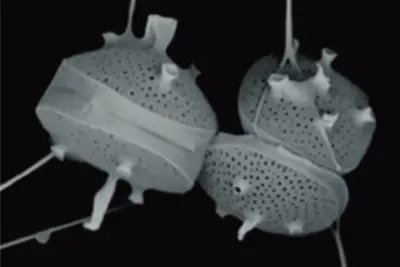BONUS

Viruses have multiple and globally significant biogeochemical impacts via the metabolic reprogramming and mortality (lysis) of their microbial hosts. Viral lysis modulates food-web dynamics by diverting the living biomass away from higher trophic levels and redirecting it into the microbial loop. This ‘viral shunt’ is one the largest carbon fluxes in the ocean. Viruses also impact nutrient cycling during infection, with the rewiring of host metabolism to support virus production. This reprogramming profoundly alters resource acquisition, carbon and energy metabolisms. Virus research has almost exclusively focused on the study of those that contain DNA genomes. Recently, it has emerged that RNA viruses could account for half of the marine viral communities, yet, we understand very little about their role in ecosystem functioning. BONUS is dedicated to the study of this under-explored component of the biosphere and its biogeochemical impacts on one of the most globally distributed and ecologically successful groups of organisms in the ocean, the diatoms. Diatoms contribute 40% of marine primary production and their silica shells also ballast substantial vertical flux of carbon from the surface to depth. Our 4-year project proposes a thorough study of viral infection of dominant diatom species with contrasting traits (large vs. small-sized) and patterns of occurrence (blooming vs. persistent) to address the hypothesis that infected diatoms are metabolically distinct from uninfected cells and have distinct ecological and biogeochemical fates. To this end, a multidisciplinary team will address four research questions: What are the metabolic functions that respond to viral infection? What is the impact on resource uptake and allocation? What is the fate of infected diatoms? What is the significance of viral infection and metabolic reprogramming in natural diatom populations? This integrative framework should provide novel fundamental mechanistic understanding and direct estimates for assessing the impact of diatom infection on ocean biogeochemistry dynamics. Given the global-scale prominence of RNA viruses and targeted diatom populations, we anticipate that our research will lead to the discovery of important processes that drive the functioning of the ocean.
